
The Surprising Connection Between Hips and Jaw Pain
How adapting my holistic approach to treating TMJ Dysfunction transformed my results.
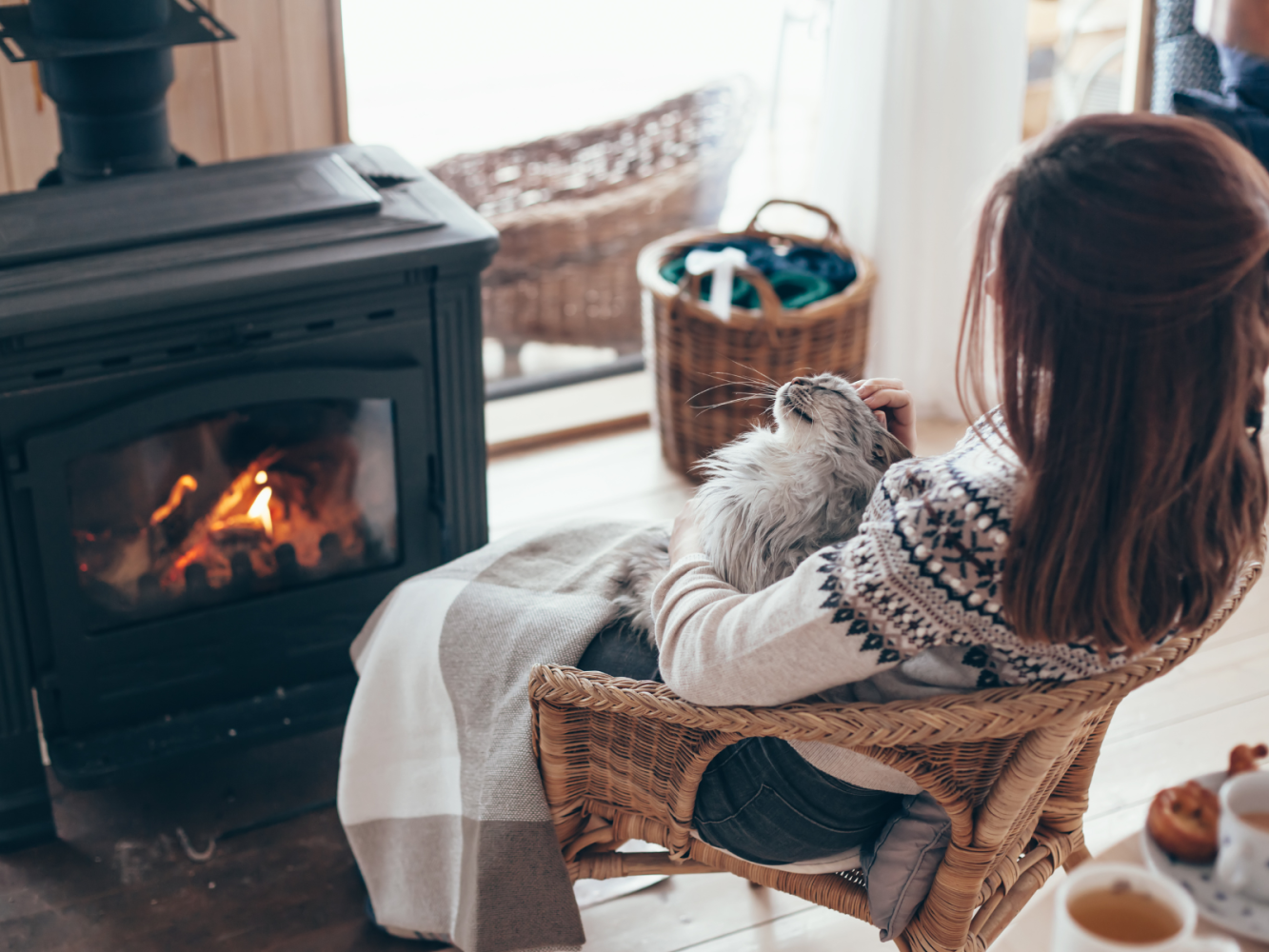
It’s that time of year! As the temperature drops, conversations about the link between pain and cold weather tends to increase. It’s not uncommon for me to hear clients describe how their pain appears to worsen significantly as the winter months set in.
Whilst this anecdotal evidence suggests a correlation between cold weather and increased pain, is there any scientific evidence to support this? And if so, why do we experience more pain in the cold, and what can be done to alleviate it?
As luck would have it, a recent UK study cleverly called “Cloudy with a Chance of Pain” set out to understand the association between weather and chronic pain. (1.)
The 15-month study involved over 13,000 UK residents who reported their daily pain levels using a smartphone app. Using GPS data, researchers linked the pain reports with the local weather conditions.
The results? The study found that, for many participants, high humidity had the greatest impact on their pain. Days with low atmospheric pressure and strong winds also affected pain levels, but to a lesser degree. Surprisingly; however, they did not find a correlation between pain and cold weather.
Another small study in Northern Ireland looked at 133 participants with rheumatoid arthritis. This study found participants reporting less pain on days with more sunshine and warm conditions. It also backed up the findings of the Cloudy with a Chance of Pain study, that high humidity also equated to higher pain levels. (2.)
Unfortunately the Cloudy with a Chance of Pain study doesn’t hazard a guess as to why humidity affects pain. Another study in 2015 which found similar results in older adults with Osteoarthritis does. (3.)
Interestingly their study also found a significant increase in joint pain on days which had both high humidity and colder weather.
Their study hypothesises that the relationship between pain and cold weather may be due to changes in the viscosity of synovial fluid. This in-turn may create stiff joints and increased friction between the soft tissues in the joint.
They also suggest that as tendons, muscles, bones, and even scar tissues are of different densities, they will expand and contract differently in high humidity and cold weather. This may result in stresses on the affected joints.
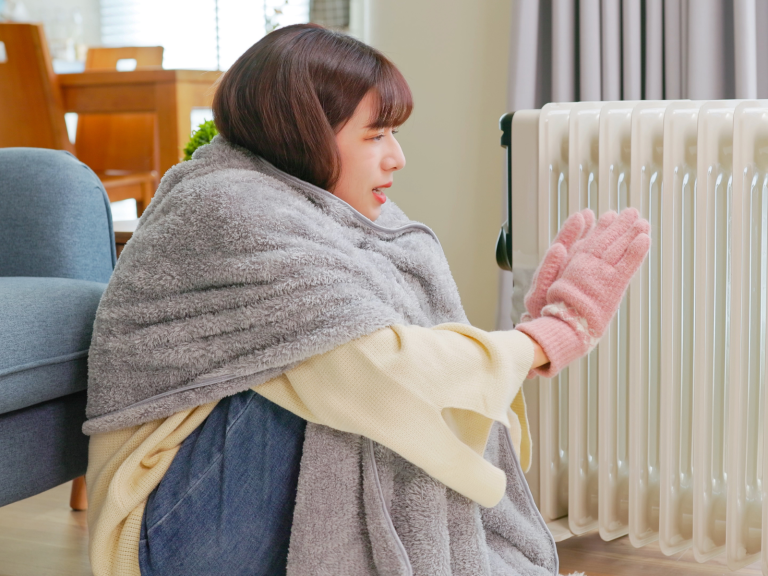
A smaller study took place in NW England in 2010. Published in Rheumatology magazine, their aptly titled article “Whether the weather influences pain” set out to establish exactly what it said on the tin: Is there a link between pain and cold weather? 2,491 participants with chronic widespread pain (CWP) took part in the 24-month study. (4.)
This time, the study did find a correlation between the winter months and increased pain. Participants reported their pain levels were highest in winter, followed by autumn, then spring. Pain levels were lowest in summer.
Now this is looking more like the anecdotal evidence I hear. So what did the study put their findings down to? They hypothesised that the findings were partly explained by 3 key factors reported by participants in the warmer months:
Now that certainly backs up other evidence around the nature of chronic pain. It is complex and affected by many factors. I thought the above study would then go on to hypothesise around Vitamin D effects for example, but it did not.
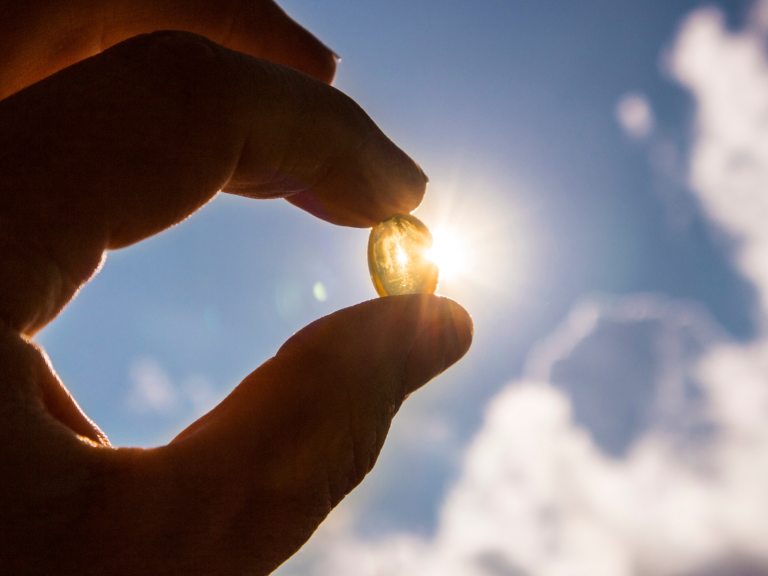
Well Vitamin D certainly had a big mention in this next study. We all know that the best source of Vitamin D is from the sun. We also know that Vitamin D is good for our bones.
A 2015 study into the link between Vitamin D and chronic pain; however, argued that the benefits of Vitamin D go way beyond our bones. (5.)
Their research asserts that Vitamin D exerts both a hormonal and neurological influence on our experience of pain.
They argue that low levels of Vitamin D can be linked to depression, poor sleep, and chronic pain. This, they argue, is because the low-levels interfere with our immune cells.
So can heat help reduce pain? I find this particularly interesting as any mention of hot stones in my treatment room brings an immediate smile and a nod accompanied with “Oh yes please!”
Many clients I see swear by the benefits of applying heat in winter to reduce pain. Some say they simply cannot get through the day without a hot water bottle or heated wheat bag.
There’s plenty of evidence to suggest that heat is wonderful for calming pain. Take for example two separate studies in 2002 and 2004, which found that heat is more effective at pain-relief than anti-inflammatories like ibuprofen. (6.) (7.)
A 2018 systematic review of 6 separate randomised controlled trials (RCTs) into the effects of heat therapy on painful abdominal menstruation cramps found that heat had a definite analgesic effect. Each study used varying ways to apply the heat locally to the abdomen, including a ceramic belt, heat patch and a body-wrap. (8.)
Jing Advanced Massage Training, where I completed my Btec Level 6 Professional Diploma in Advanced Clinical and Sports Massage, has a great article by Nina Frizoni: Rockin’ all over the world! Hot Stone Fusion for the Treatment of Pain. The article shares case studies as well as evidence from clinical research. (9.)
One interesting effect of hot stones, discussed in the article by Jing Director Rachel Fairweather, is on the connective tissue, known as fascia. Fascia wraps around and through the muscle fibres. It is largely made of collagen and elastin, making it strong and stretchy. Applying heat through hot stones makes the fascia more pliable, easing stiffness and improving elasticity.
Let’s assume spending the winter months in Gran Canaria is off the cards! What else can we do over winter to stave off the pain?
First up, unsurprisingly, this great article in Five Star Senior Living magazine, encourages us to get our Vitamin D levels checked. They too reference the research arguing that a deficiency in Vitamin D can increase muscle and joint pain. I don’t know if GPs will do the test, but it appears testing is available at pharmacies, including Boots and Superdrug.
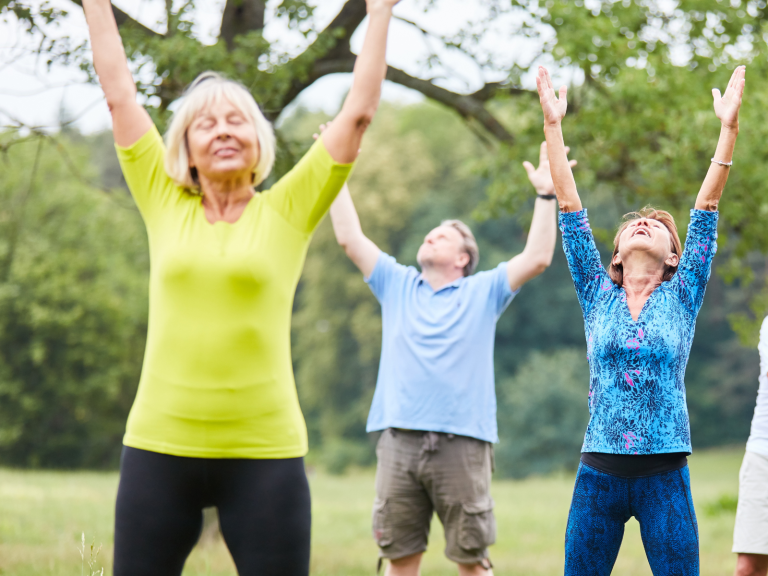
This Women’s World article by Melissa Gotthardt recommends reaching for the sky! Melissa quotes a 2021 study into 215 participants with knee osteoarthritis who saw reduced pain with a daily stretch routine.
Stretch outside after a good walk for the added benefit of a serotonin release and exposure to the winter sun for some added Vitamin D.
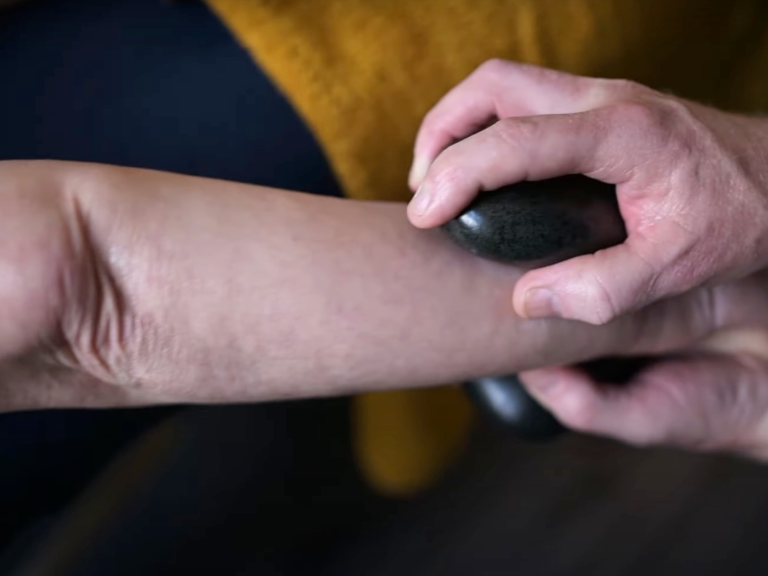
Massage has to be the ultimate pain-relief therapy, and what better than one, like the Jing Method Clinical Massage, which incorporates the pain-relieving benefit of hot stones.
As we’ve seen already, heat has an analgesic effect. The heat from the hot stones penetrates the soft connective tissue, bringing blood-flow to the area and in-turn calming the pain experience.
You can find a Jing Therapist through the Jing Therapist Directory. Just check their profile or website to learn more about the therapies they offer which include hot stones.

How adapting my holistic approach to treating TMJ Dysfunction transformed my results.
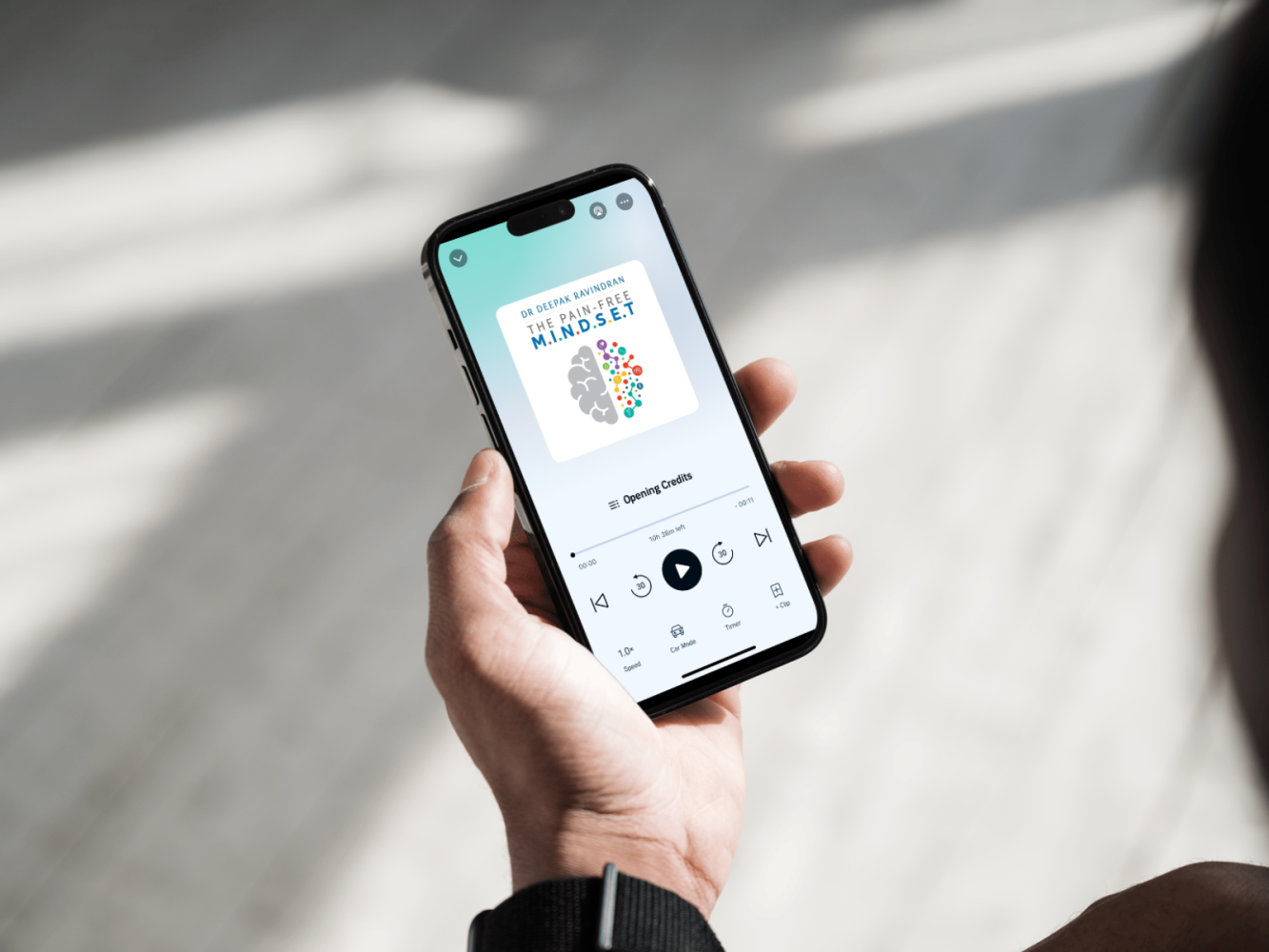
The Pain-Free Mindset, Book Review A must read for anyone still seeking answers to their persistent pain! What’s that lyric? Now the drugs don’t work,
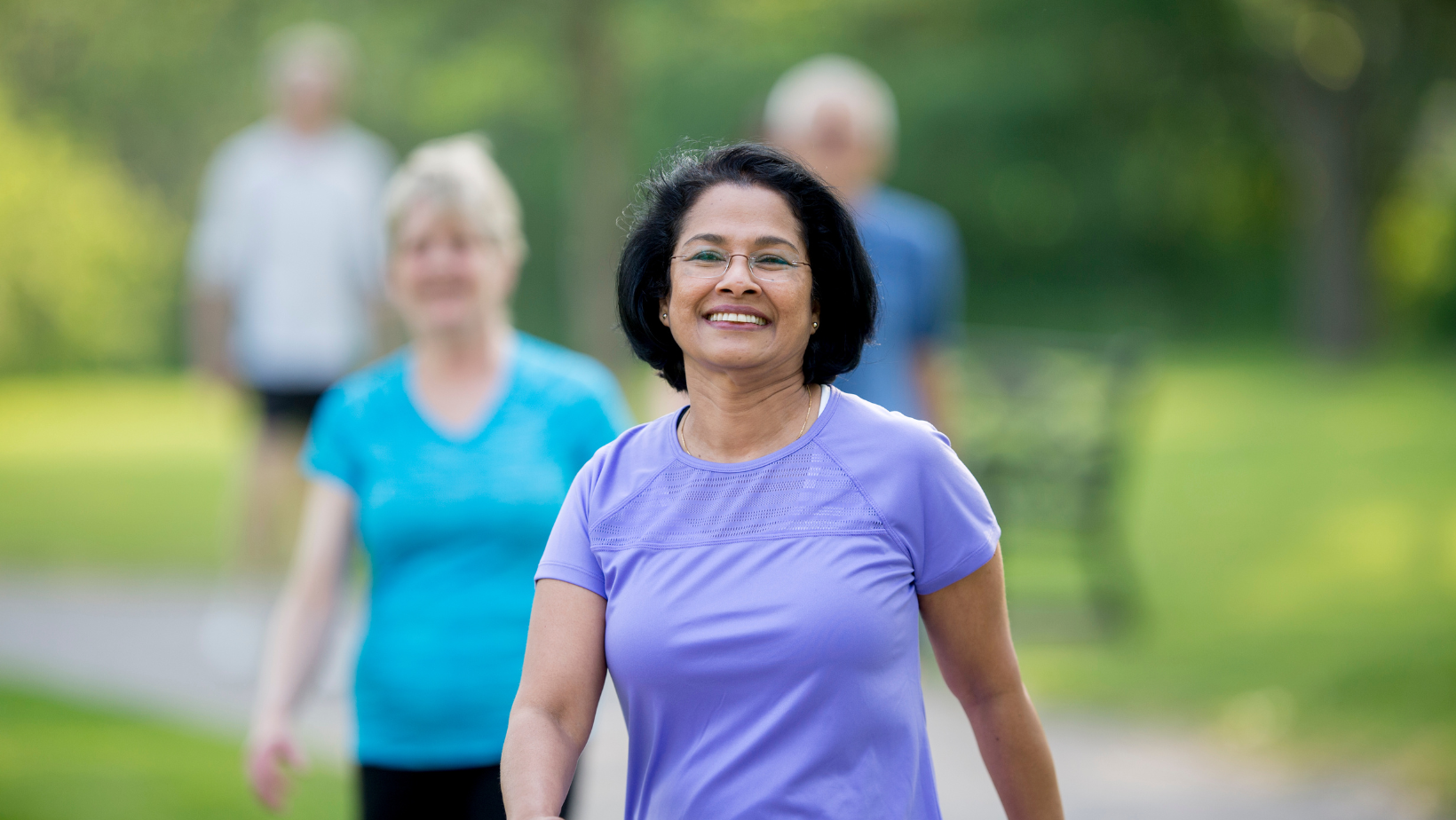
What is the best treatment for low back pain? Well it turns out it’s not drugs, injections or surgery – so what is it?

Here are 5 essential reminders that we can turn to regularly to help us on our pain-relief pathway.
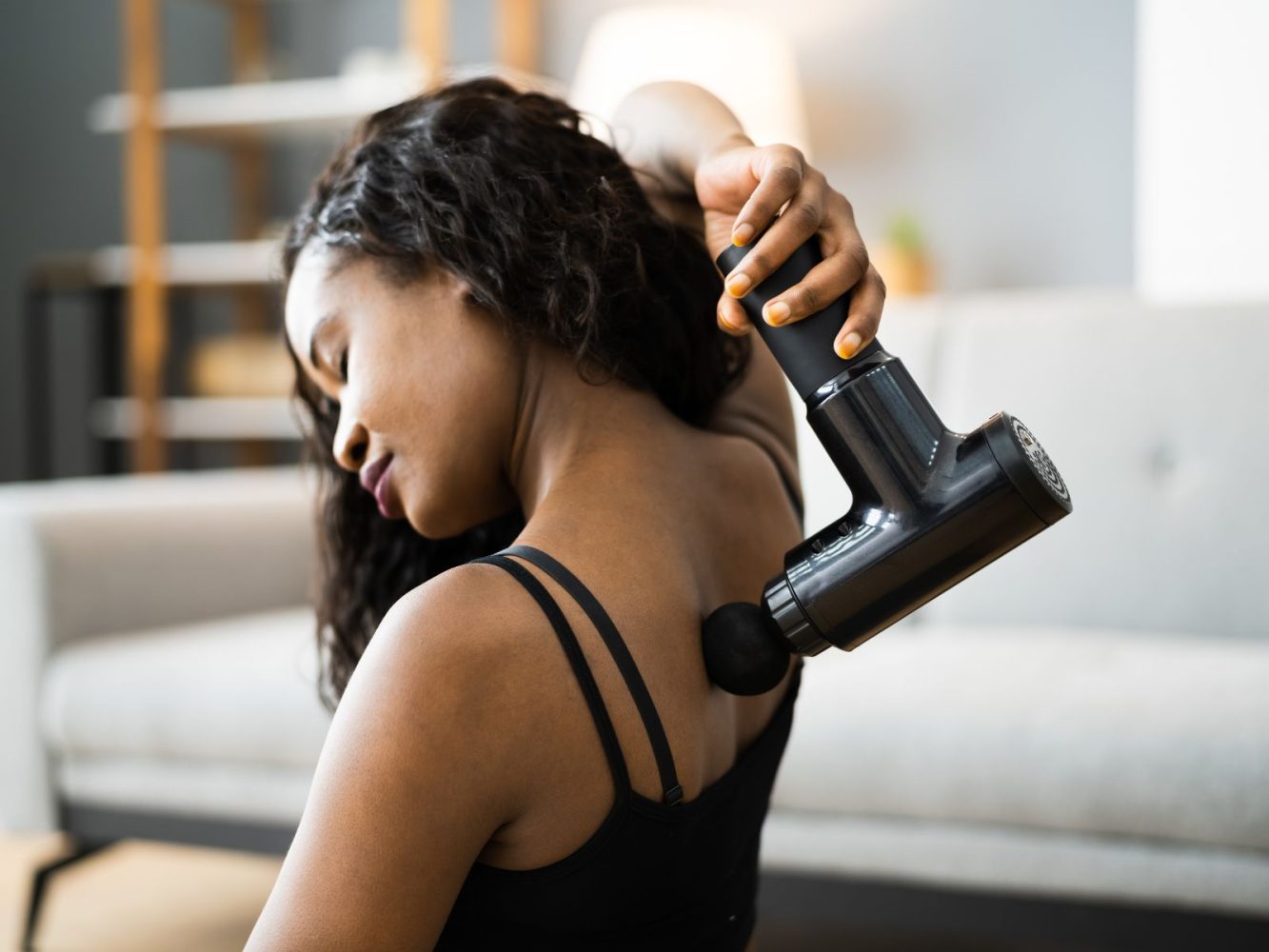
Should I Buy a Massage Gun? Are you feeling fatigued and sore after a long day of work? Do your muscles feel stiff and tight?
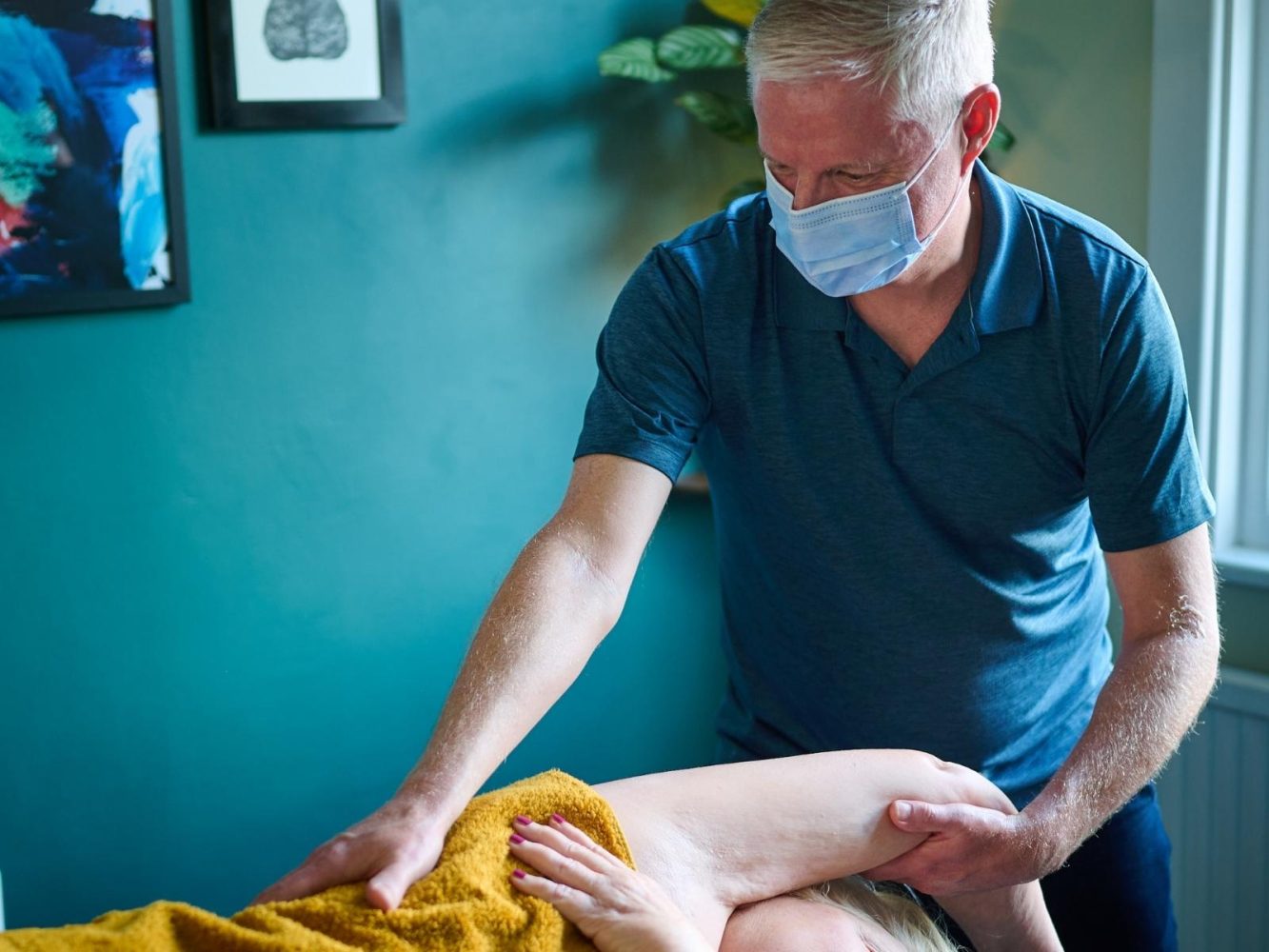
Volunteering as a complementary therapist has brought a very special and personal opportunity for me to say thank you. Today, Monday 12th April sees the